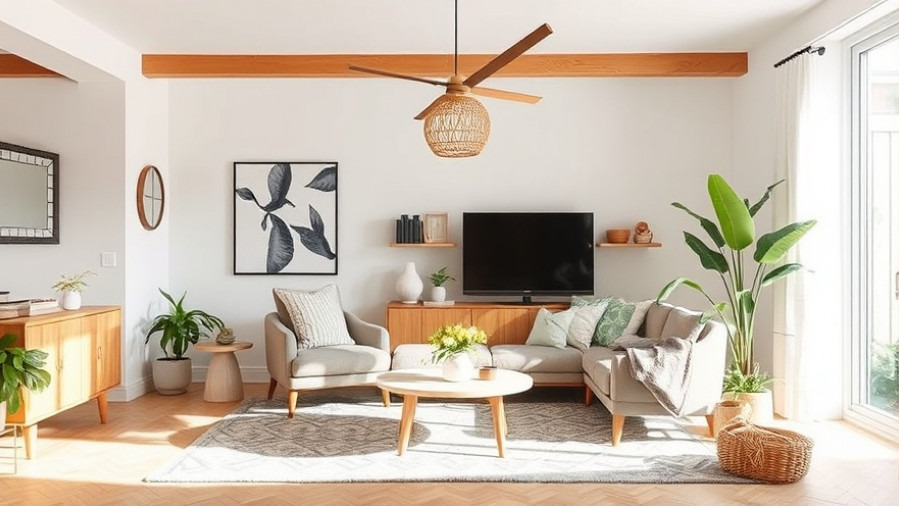
Understanding the Power of Color Temperature in Interior Design
Color temperature is a crucial aspect of interior design that often goes unnoticed. For homeowners in the greater Hampton Roads area, understanding the impact of color temperature on mood and usability can transform the way you experience your living spaces. Generally measured in Kelvin (K), color temperature refers to the warmth or coolness of light emitted by a bulb. Warm lights, with a color temperature of about 2,700K to 3,000K, tend to create an inviting atmosphere, whereas cooler lights, which exceed 4,000K, enhance focus. Knowing how to choose the right color temperature can dramatically change how you feel in your bedroom, living room, or even kitchen.
Creating Comfort in Your Home
For family-oriented homeowners, the right lighting can make all the difference. A softer, warmer light creates a cozy environment perfect for relaxing after a long day. This type of illumination is ideal for spaces such as bedrooms and living rooms where families gather. On the other hand, cooler lighting is best suited for areas that require concentration, like home offices and kitchens. Ensuring a well-balanced lighting plan that incorporates both warm and cool tones can help create a holistic environment that feels both comforting and functional.
Lighting Choices for Various Rooms
When considering your home’s interior design, it's essential to tailor lighting solutions to each room's purpose. For the bedroom, opt for warm lighting to foster relaxation and comfort, helping family members wind down comfortably. In living rooms, utilizing a blend of ambient and accent lighting can set the mood for family gatherings or movie nights.
In kitchens and workspaces, cooler lighting is recommended as it enhances clarity and focus. Incorporating task lighting in these areas can improve visibility and productivity, encouraging healthy cooking habits and efficient work environments.
The Importance of Flexibility in Lighting Design
Innovations in lighting technology have opened up possibilities for greater flexibility in color temperature. Options such as tunable white lighting allow for adjustments throughout the day, helping to align with natural circadian rhythms. For instance, you can start with warm lighting in the morning to mimic sunrise and shift to cooler tones as the day progresses to maximize alertness.
Additionally, dimmable lights offer another level of customization, enabling you to change lighting based on mood or time of day. This adaptability is not only practical; it also contributes to creating a distinct ambiance that enhances your home’s interior design aesthetic.
Common Lighting Misconceptions
Many people assume that lights labeled 'white' are the same, but this isn’t accurate. The color temperature varies widely, affecting how colors look within a space. Cooler lights can wash out warm, earthy tones commonly used in Scandinavian or modern minimalistic designs, while warm lights enhance them. Understanding these nuances can be pivotal for achieving a desired aesthetic effect.
Time for Action! Transform Your Space
Understanding how color temperature impacts interior design opens up a world of possibilities for enhancing your home. Whether it’s updating your living room to make it feel more inviting or creating a workspace that inspires productivity, thoughtful lighting choices are essential. For personalized recommendations and products suited specifically for you, Contact Us for recommendations in the greater Hampton Roads area. Let’s work together to make your home a space you love!
 Add Row
Add Row  Add
Add 



Write A Comment